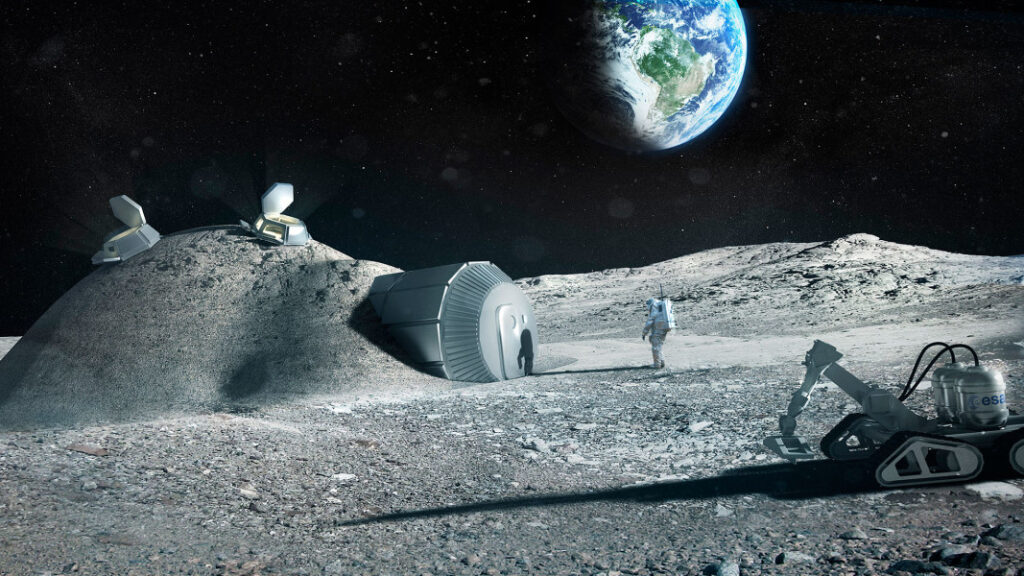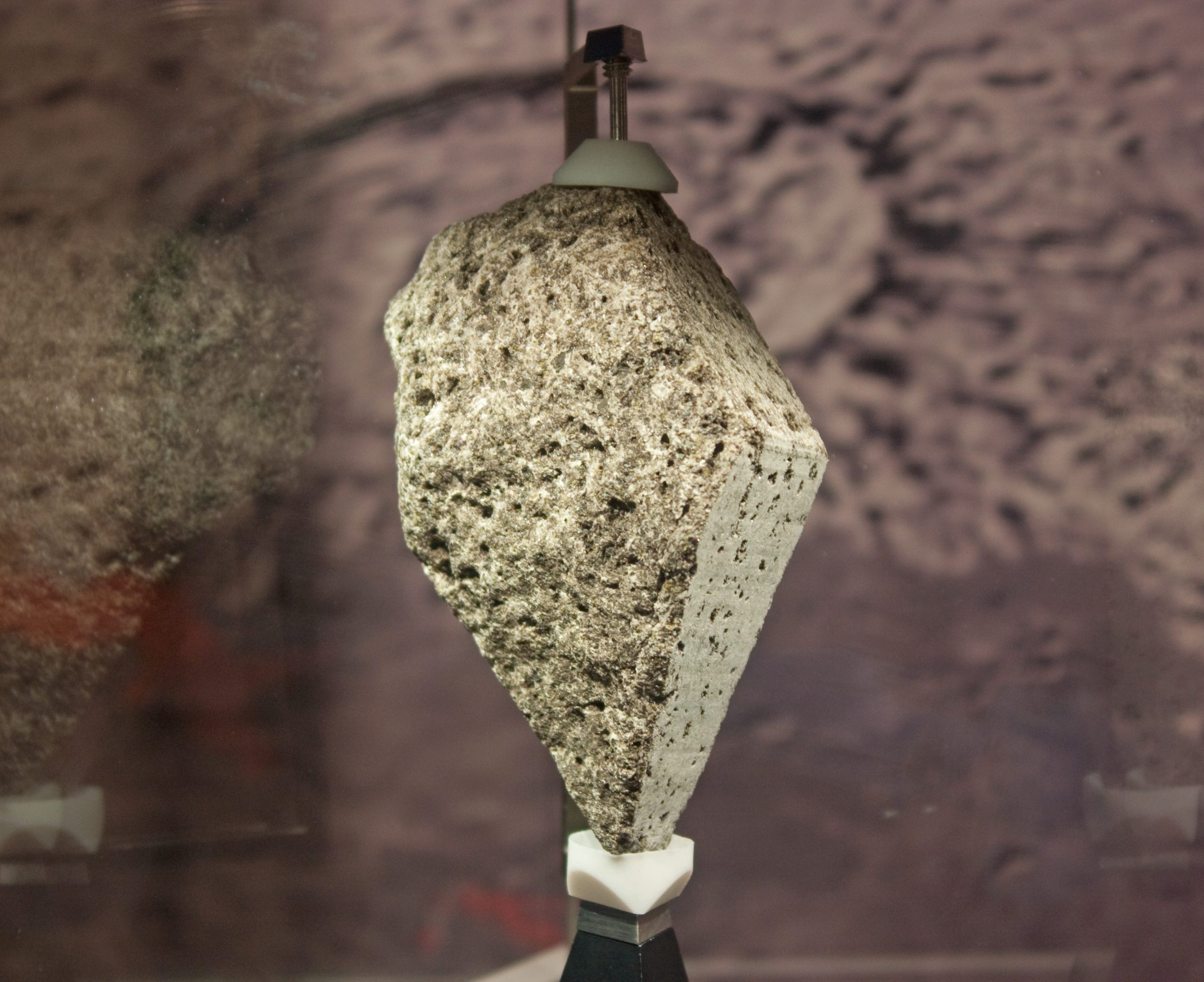For centuries, humanity has extracted minerals from the Earth, but now a new frontier beckons—space. With dwindling terrestrial resources and an ever-growing demand for rare minerals, space mining is no longer a concept confined to science fiction. The race to tap into extraterrestrial resources has already begun, and the United States is poised to take the lead. But what makes space mining so valuable, and can the U.S. truly dominate this emerging industry?
Why Mine in Space? The Value of Extraterrestrial Resources
Space is brimming with precious metals, rare minerals, and water ice, all of which could revolutionize industries on Earth and beyond. https://www.polytechnique-insights.com/en/braincamps/space/extraterrestrial-mining/mining-in-space-can-we-do-it/
Here’s why mining in space is gaining traction:
- Rare Metals and Minerals 🚀 – Asteroids contain platinum, gold, nickel, and cobalt, which are essential for electronics, aerospace, and renewable energy technologies.
- Helium-3 🪐 – A potential fuel for nuclear fusion, helium-3 is scarce on Earth but abundant on the Moon.
- Water Ice 🌊 – Extracting water from asteroids or the Moon could support deep-space missions by providing fuel (hydrogen and oxygen) and drinking water for astronauts.
- Off-Earth Industrialization 🏗️ – As humanity plans for Mars colonization and lunar bases, space mining could supply the materials needed for construction and sustainability.
The USA’s Competitive Edge in Space Mining
The United States has several advantages in the race to mine space resources, from a strong technological foundation to supportive government policies. https://gisvalley.com/the-role-of-geology-in-space-exploration-how-scientists-study-other-planets/
1. NASA’s Artemis Program and Lunar Ambitions
NASA’s Artemis program aims to establish a permanent human presence on the Moon by the end of the decade. The mission will test space mining technologies and explore lunar resources, particularly water ice in permanently shadowed craters.
2. Private Sector Leadership
Companies like SpaceX, Blue Origin, and Planetary Resources are pioneering advancements in space exploration. SpaceX’s Starship could transport mining equipment to asteroids or the Moon, making extraction efforts feasible in the near future.
3. U.S. Space Legislation Encouraging Resource Utilization
The 2015 U.S. Commercial Space Launch Competitiveness Act (or Space Act of 2015) grants American companies the right to extract and own resources from space. This legislation provides a clear legal framework, making it easier for private enterprises to invest in space mining ventures.
4. Robotic Exploration and AI Innovations
NASA and private firms are developing AI-driven robots to scout and extract resources from celestial bodies. Autonomous mining machines could be deployed on asteroids or the Moon long before human settlers arrive.
Challenges of Space Mining: What Stands in the Way?
While the potential rewards are astronomical, space mining comes with significant hurdles:
1. High Costs and Technological Barriers
🚀 Launching mining equipment into space is expensive. Current costs per kilogram of payload remain high, although SpaceX’s reusable rockets have dramatically reduced these expenses.
2. Harsh Space Environment
🌌 The vacuum of space, extreme temperatures, and radiation pose engineering challenges. Mining robots and spacecraft must withstand these conditions while operating autonomously.
3. Legal and Ethical Issues
⚖️ The 1967 Outer Space Treaty, signed by over 100 countries, prohibits national sovereignty over celestial bodies. While the U.S. Space Act of 2015 supports commercial space mining, international regulations remain unclear. Who owns resources in space? This question could lead to future geopolitical tensions.
4. Competition from Other Nations
🌍 The United States is not alone in this race. China has ambitious plans for lunar mining, while the European Space Agency (ESA) is exploring asteroid mining technologies. If the U.S. wants to lead, it must accelerate efforts.
The Future of Space Mining: When Will It Begin?

Experts predict that the first large-scale space mining operations could begin within the next two decades. Here’s a timeline of what to expect:
2020s: Testing and Exploration 🔬
- NASA and private companies send robotic prospectors to the Moon and asteroids.
- Technology for extracting and processing resources in microgravity is developed.
2030s: Small-Scale Mining Begins 🚀
- Lunar water ice is extracted for fuel production and sustaining human missions.
- Private companies begin experimental asteroid mining missions.
2040s: Commercialization of Space Resources 💰
- Space-based fuel stations support deep-space exploration.
- Mining operations contribute raw materials to off-world habitats and industries.
2050s and Beyond: Space Economy Booms 🌍
- Extraterrestrial materials supplement Earth’s resources.
- Fully functional lunar bases and asteroid mining stations become reality.
Conclusion: Will the U.S. Lead the Space Mining Revolution?
The United States has the technology, funding, and private sector strength to lead the global push for space mining. However, competition from China, legal uncertainties, and high costs remain obstacles. If the U.S. can leverage its resources, invest in research, and develop space-friendly policies, it could dominate the future of extraterrestrial resource extraction.
🚀 As the dream of mining asteroids and the Moon moves closer to reality, one thing is certain: the space economy is coming, and those who act now will shape the future of humanity beyond Earth.


